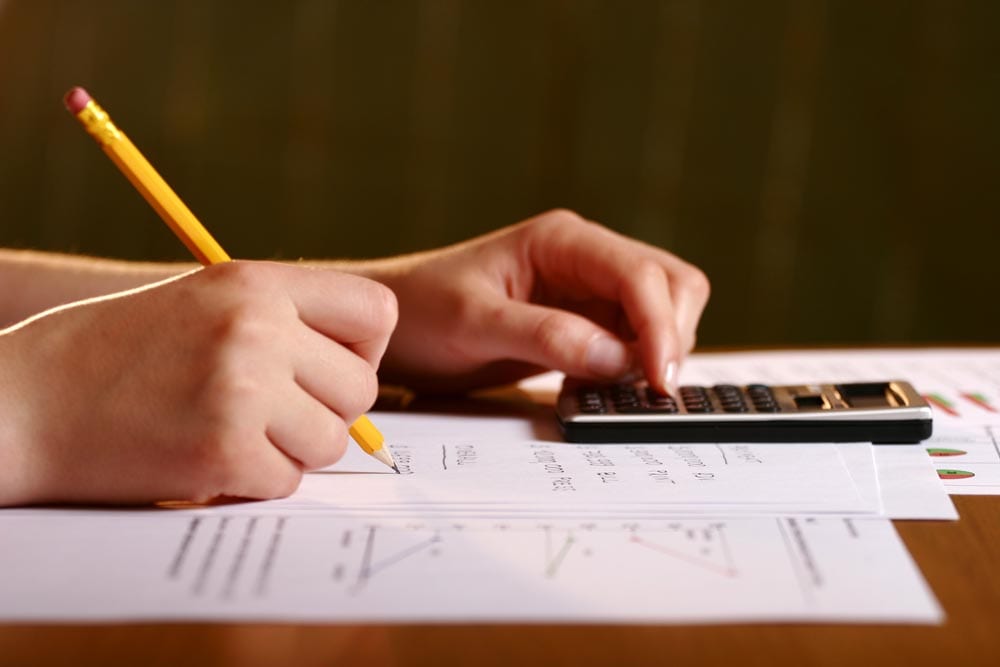Closest to One Thousand
 All Classroom Lessons
All Classroom Lessons
For Third grade through Eighth Graders
by Len Sparrow and Paul Swan
Related Publication:
Learning Math with Calculators: Activities for Grades 3–8
by Len Sparrow and Paul Swan

The following lesson is adapted from Len Sparrow and Paul Swan’s Learning Math with Calculators. The book is organized into two sections: the first addresses a broad range of teachers’ questions and concerns about using calculators for teaching math; the second is a collection of classroom-tested activities using calculators, all chosen for the purpose of developing children’s number sense and problem-solving ability. Closest to One Thousand is designed for grades 3–8; its goal is for students to be able to practice and better understand multiplication.
Materials
One calculator for each group of up to four students
Activity
Groups use the calculator to perform calculations with the following parameters:
- The starting number must be between 10 and 30.
- This number must be multiplied by a number between 1 and 10.
- The answer must then be multiplied by another number between 1 and 10.
The goal is to obtain a final result of 1,000. On the board, draw a chart as shown below. Tell the students that someone in their group should draw a chart like this and record the numbers the group uses in each attempt, as well as the results. Do an example or two to model for the students how to record. Encourage students to use the information on their charts in subsequent attempts to reach the target number.
Extensions
After students have had time to explore the activity, suggest one or more of the following investigations:
- How close can you get to 1,000 starting with each of the numbers in the 20s? (Repeat for any other decade.)
- For which starting numbers can you get a final result of exactly 1,000?
- For which starting numbers can you get a final result of exactly 1,000 in more than one way?
- For which numbers is it impossible to get a final result of exactly 1,000?
To use the activity as a game, try the following versions:
- Give all groups the same starting number. The group that reaches 1,000 or comes closest to it without going over wins. If there is a tie, then the group that used the fewest number of attempts is the winner.
- Use a scoring system. For example:
- The group closest to 1,000 receives 5 points.
- Totals over 900 score 2 points.
- Totals over 1,000 deduct 2 points.
Teaching Notes
Use the following questions for a follow-up class discussion:
- What strategies did you use to get closest to 1,000?
- How did you decide when you had gotten as close as possible to 1,000?
- What do you know about the numbers for which it’s possible to get a final result of 1,000? (List these numbers on the board and look for their common characteristics.)
During the class discussion, talk with the students about two ideas:
- One role of estimation is to achieve a close approximation to a required answer.
Multiplying by 5 and then 8 (or any two numbers) achieves the same result as multiplying by 40 (the product of the two numbers).


Comments